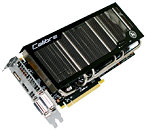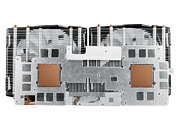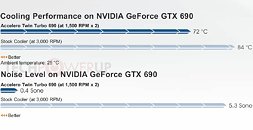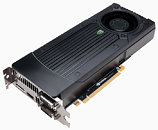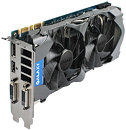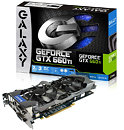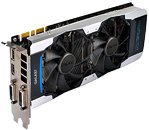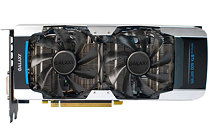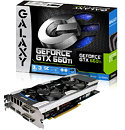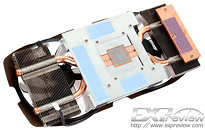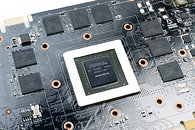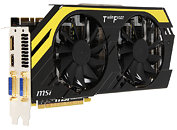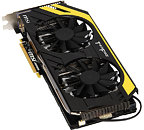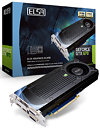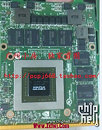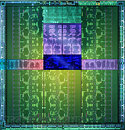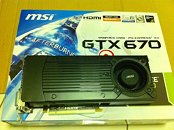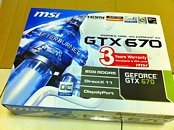
Sparkle Announces the Calibre X680/X670 Captain Graphics Cards
Calibre, one of industry leading brands of graphics solutions, launches the latest products, Calibre X680 Captain & Calibre X670 Captain, powered by NVIDIA's TOP 28 nm Kepler engine - GK104.
Calibre Series Returns with Maximum Performance
As the flagship product line of Calibre, Captain Series brings the tremendous different from reference design by tweaking the performance and cooling system, bringing the tremendous different from reference design. Moreover, Calibre X680/ X670 Captain Series preloaded overclocking value for enthusiasts.
Calibre Series Returns with Maximum Performance
As the flagship product line of Calibre, Captain Series brings the tremendous different from reference design by tweaking the performance and cooling system, bringing the tremendous different from reference design. Moreover, Calibre X680/ X670 Captain Series preloaded overclocking value for enthusiasts.
